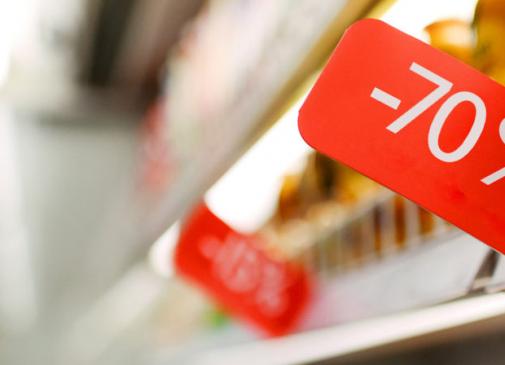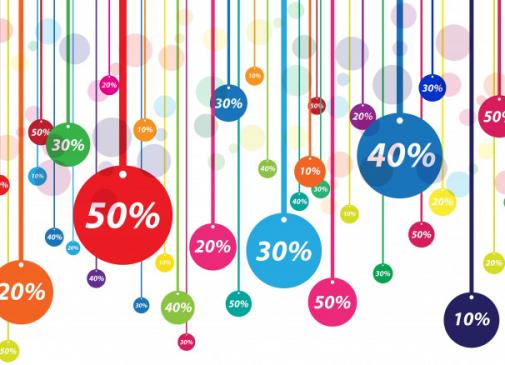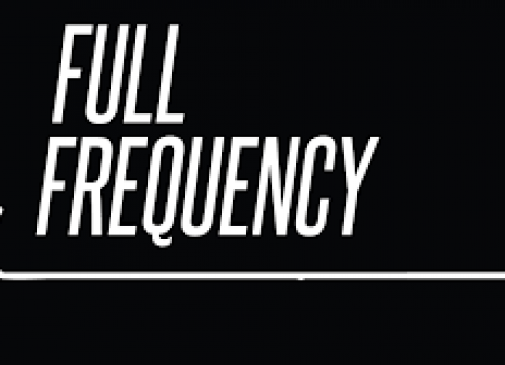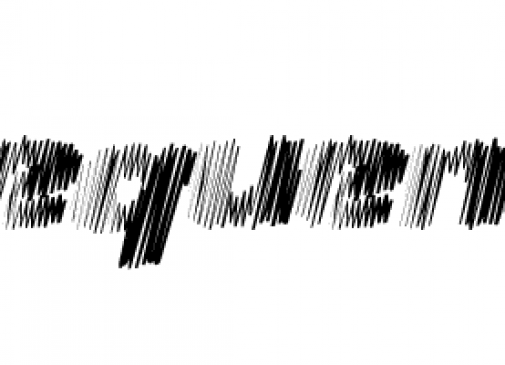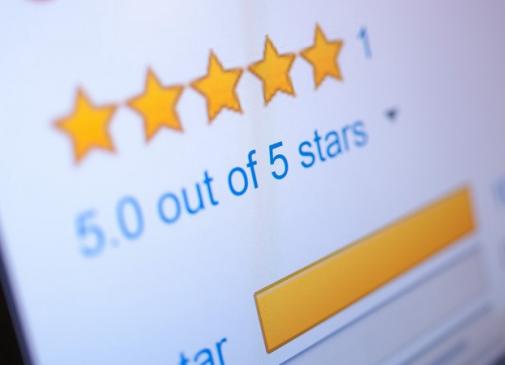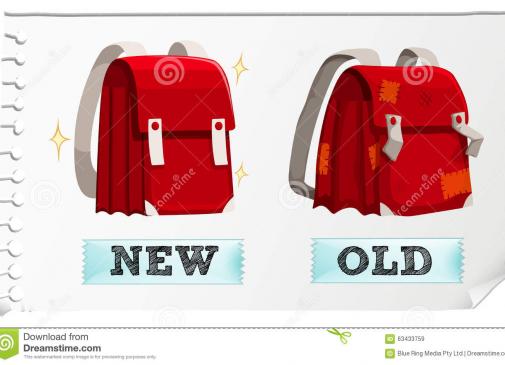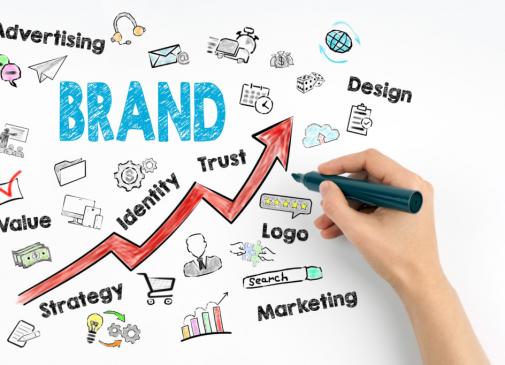Retailers of the digital age go vintage. Surrounded by new apps and cutting-edge techs, they still appreciate the value of a good old print catalogue. While Millenials may be surprised that such a retro tool even exists anymore, the printed piece is yet another touchpoint with the customer and as such must not be ignored. After all, it drives consumers to both Web and stores.
Retailers of the digital age go vintage. Surrounded by new apps and cutting-edge techs, they still appreciate the value of a good old print catalogue. While Millenials may be surprised that such a retro tool even exists anymore, the printed piece is yet another touchpoint with the customer and as such must not be ignored. After all, it drives consumers to both Web and stores.
But what about the benefit-cost ratio? Premium quality print catalogues cost big bucks to design, create and mail. Besides, there is Internet, so why bother at all? There is no denying that the rise of e-commerce significantly undermined the role of a traditional print catalogue. Moreover, creating a truly inspirational printed piece comes with a hefty price tag. Professional photo shoots are costly and postage fees are going up. And with catalogs produced many months in advance, they lock retailers into specific trends and merchandise, unlike digital marketing pieces that can be constantly kept up to date. Yet catalogues remain a useful marketing tool for a wide spectrum of retailers. Why?
Online and in-store shopper magnet
According to recent research, online shoppers that received a catalogue in the mail bought twice as often, spending on average 163 percent more than those who did not get a catalogue. These findings confirm that the old-school marketing format has really turned into an advertisement that drives incremental visits to the website or attracts consumers to the store next time they pop into the mall. A paper equivalent of a window display, the catalogue can be the source of inspiration for shoppers. In other words, it can enhance sales. That is why some retailers, who are founded primarily online, decided to venture out into the world of ancient marketing artifacts. The menswear brand, Bonobos, mailed a test catalog just over a year ago to a small number of current and potential customers. Results were promising enough to prompt the brand to try several more, gradually increasing circulation each time. Currently, roughly 20 percent of Bonobos' website's first-time customers are placing their order after having received a catalog. But it gets better than that. They spend 1.5 times as much as new shoppers who did not receive a catalog first. If that is not a good argument in favour of print catalogues, then what is?
Targeting and personalizing
For e-tailers, catalogues are not only a tool that drives sales, but one that helps them differentiate from the competition. The number of catalogues, which are tailored to the needs of individuals, is steadily growing. For instance, the catalogue that made its way into your mailbox may looks entirely different that the one your neighbor receives. Catalogue customization turns into a strong trigger driving customers to the web or to the store to make a purchase. British clothing retailer Boden actually changes the theme, the size of the book and even the discount it offers to the same address. Funnily enough, a recent catalog offered one spouse 15 percent discount and the other just 11 percent off. What may also play in favour of the printed catalogue is the fact that it is tangible and tactile. Unlike its digital counterpart, a paper catalogue does not require a customer to sit in front of a computer or type anything to search. A customer can take a catalogue to bed, mark it up, put it aside and pick it up again after some time. Perhaps that is why printed catalogues often stay in the house for weeks. And last, but not least, a paper format gives more room to attract customers' attention. Online tools designed to catch a customer's eye, such as display ads and emails, are frequently reduced to just one image or tagline. A printed catalogue offers the luxury of telling a fuller brand story.
Sources: http://online.wsj.com; http://www.retailwire.com; http://www.practicalecommerce.com; http://www.forbes.com Photo: https://www.flickr.com/photos/damo1977/

